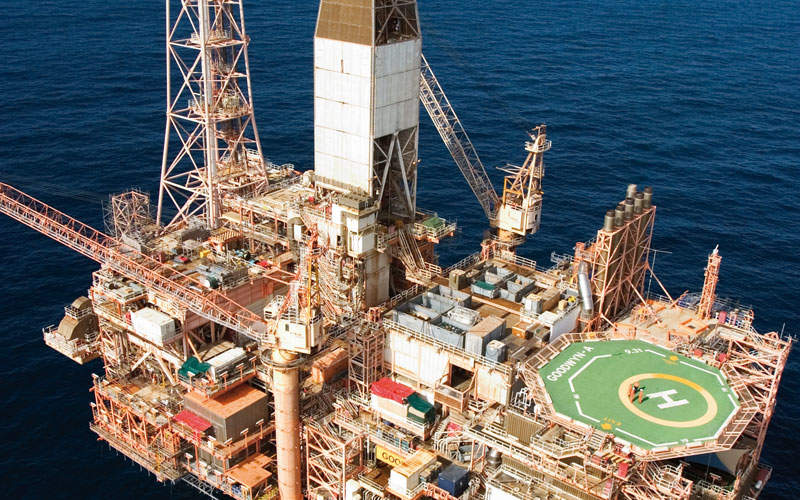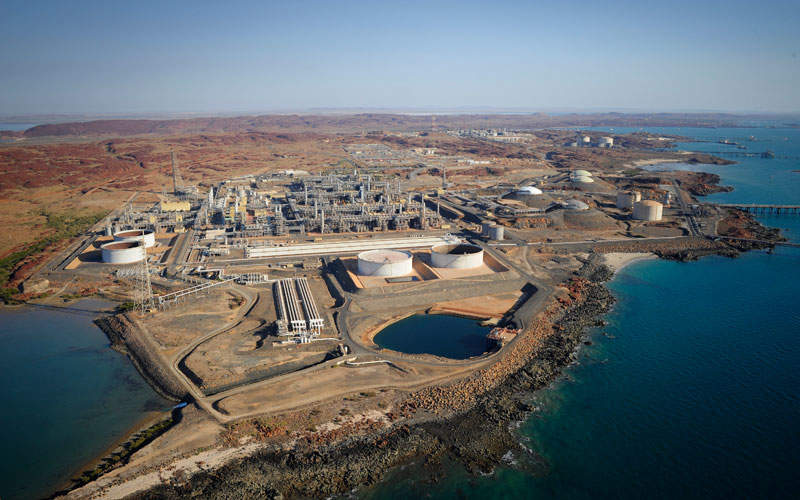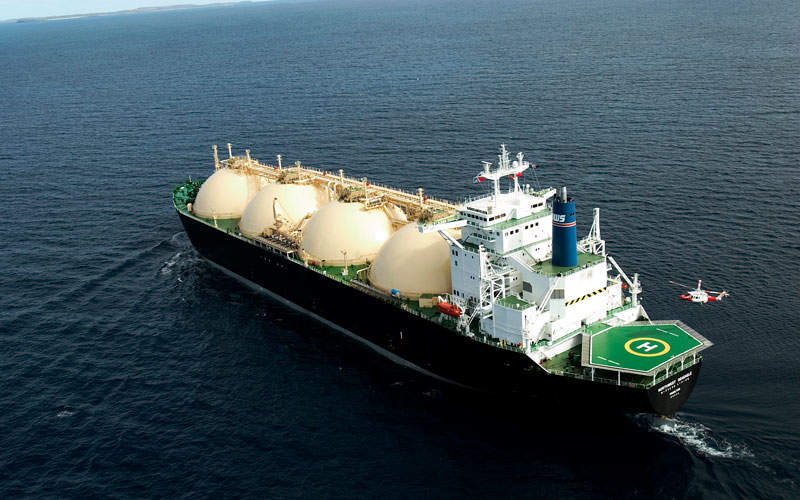The Greater Western Flank Phase 2 development, located off the north-west coast of Western Australia, is the fourth major gas development for the North West Shelf project in the past seven years.
Woodside Energy operated the development on behalf of a joint venture of BHP Billiton Petroleum, BP Developments Australia, Chevron Australia, Japan Australia LNG (MIMI) and Shell Australia. The six partners in the development own an equal stake of approximately 16.67% in the project.
The development indicates the next stage in the gas supply to the North West Shelf project’s existing Goodwyn A platform and is expected to produce 1.6 trillion cubic feet (tcf) of raw gas and 43 million barrels of condensate.
Approval for the project was obtained in December 2015 and a total of $630m ($460m) is invested in the project. Production from the development began in October 2018.
Greater Western Flank Phase 2 development details
A total of six hydrocarbon fields are developed as part of the project, which lie close to the Goodwyn A platform. The six fields include Keast, Dockrell, Sculptor, Rankin, Lady Nora and Pemberton, which are located in production licences WA-5-L, WA-6-L, WA-24-L and WA-51-R respectively in Commonwealth waters, approximately 175km north-west of Dampier.
The broader Greater Western Flank (GWF) area consists of 16 fields located offshore to the south-west of the Goodwyn A platform.
The field development included subsea infrastructure and a 35km-long, 16in-diameter pipeline that connects to the existing Goodwyn A platform.
The project included drilling of eight natural gas production wells within the six gas fields. Five wells located in the Lady Nora, Pemberton, Sculptor and Rankin fields started production first, followed by the remaining three in Lady Nora, Pemberton, Sculptor and Rankin. Natural gas produced from the fields will be supplied to the Karratha Gas Plant and converted into LNG to be shipped and sold to customers or to be used as domestic gas.
A moored mobile offshore drilling unit was employed for drilling the wells, whereas a primary installation vessel was used for pipelay and subsea installation. The work was supported by other vessels such as transport barges, tugs, heavy lift, special-purpose and subsea support vessels.
The development is tied-in to the existing Greater Western Flank Phase 1 subsea isolation valve manifold.
Timeline of the Greater Western Flank Phase 2 offshore project
Offshore drilling on the wells began in the second half of 2016. Drilling activities and completions were conducted in two campaigns.
Installation of the 35km flowline connecting the furthest well centre, Lady Nora Pemberton, to the Goodwyn A platform was completed in approximately seven months. Subsea installation and commissioning of the tieback infrastructure was completed in five months.
The pipeline installation work was completed in September 2018.
Key players involved
A front-end engineering design contract was awarded to Wood Group Kenny in February 2015. The scope of work included engineering and procurement support services for the 16in Greater Western Flank Phase 2 corrosion-resistant alloy rigid flowline system, flowline end termination structures, inline tee assembly structures, mid connection structure and subsea tie-in spools.










